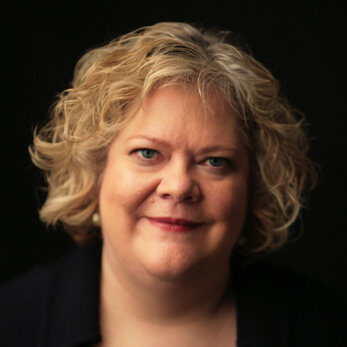The United Nations reported some startling numbers on Thursday.
More than four million people have fled Syria since its 2011 civil war began, the largest exit of refugees of any crisis in nearly 25 years. And while Syria seems far away, the crisis is bound to be felt in the United States.
It’s the biggest refugee situation since 4.6 million people left Afghanistan when a civil war began there in 1992. The UN defines refugees as people unable to return to their home countries because of “a well-founded fear of persecution” for reasons such as race, political opinion or membership in a social group.
The New York Times has a look at the global response to the Syrian crisis.
Ten months ago, the UN said 3.6 million people had fled Syria, showing how the situation has escalated. Turkey has absorbed more than 1.8 million Syrians on its own, and the UN says it is largely absorbing the cost without international assistance.
There is also a large impact on Jordan, where the government issues vouchers to refugees to pay for basic staples. And, plenty of people in the U.S. are affected, too.
There are an estimated 200,000 people of Syrian descent in the U.S., with major populations in New York, Boston, and Detroit. New Orleans, Toledo and Cedar Rapids, Iowa, also have significant Syrian-American populations.
According to the Immigration Policy Center, the U.S. re-settles more refugees each year than any other country. For the 2015 fiscal year, the U.S. placed a ceiling of 70,000 on global refugees, although it was higher in the late ’00s.
The Office of the UN High Commissioner For Refugees (UNHRC) often helps refugees leave neighboring countries and settle in the U.S.
In 2014, every state in the U.S. received refugees from abroad. The top states were California (3,068), Michigan (2,753), Texas (2,462), Illinois (1,064) and Arizona (973). Refugees must follow a series of regulations, including promising to repay the U.S. for their travel expenses.
For story ideas, check with your local Syrian community leaders to see whether new refugees are arriving. Talk to mosques and churches about the process for settling refugees and how much money they provide to the newcomers. See if business leaders are providing jobs to new arrivals.











